Why Spain is a great place for kids
Choosing the city that's right for you
Choosing the visa that's right for you
More than just great weather
Why Spain provides a better quality of life
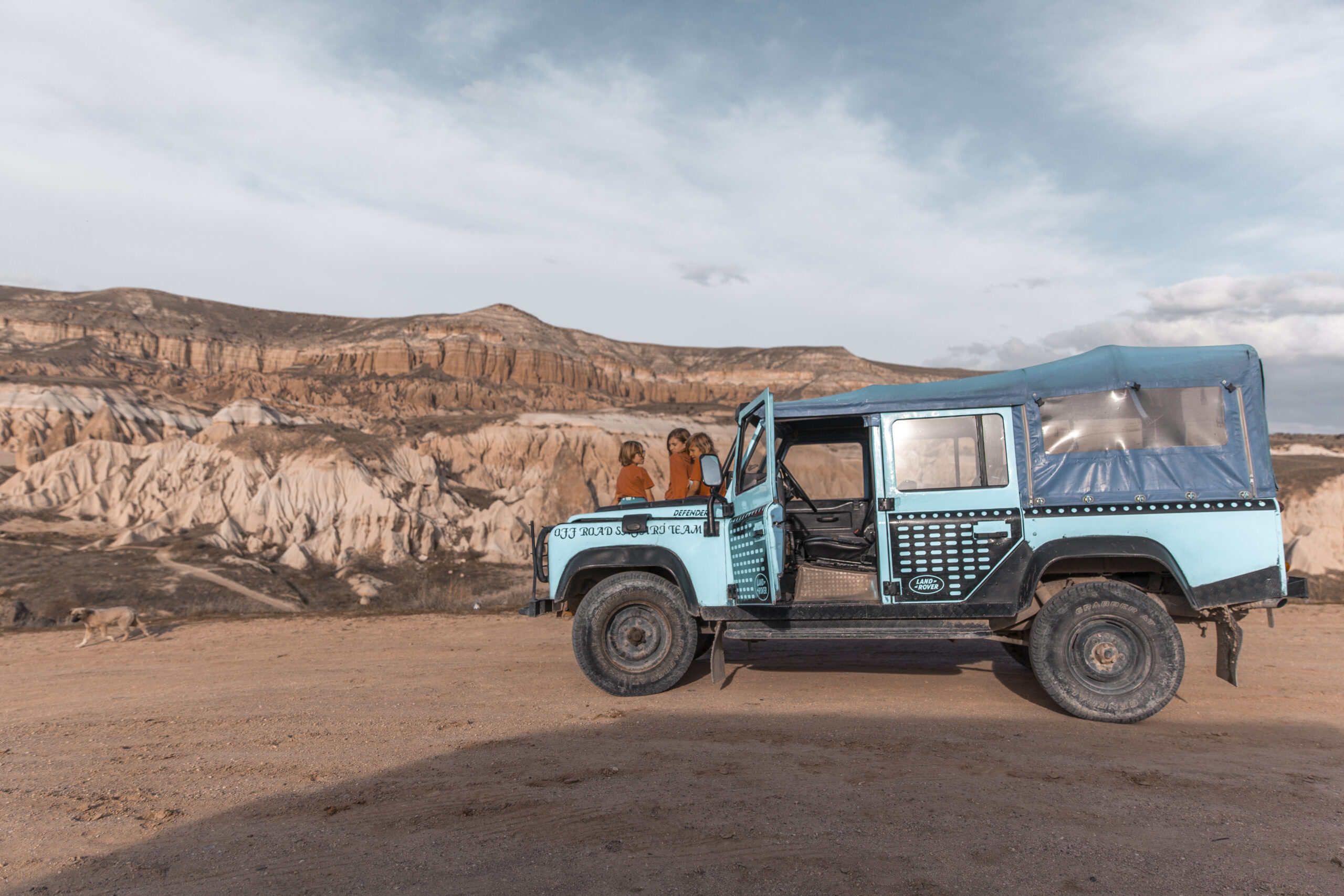
How we Plan
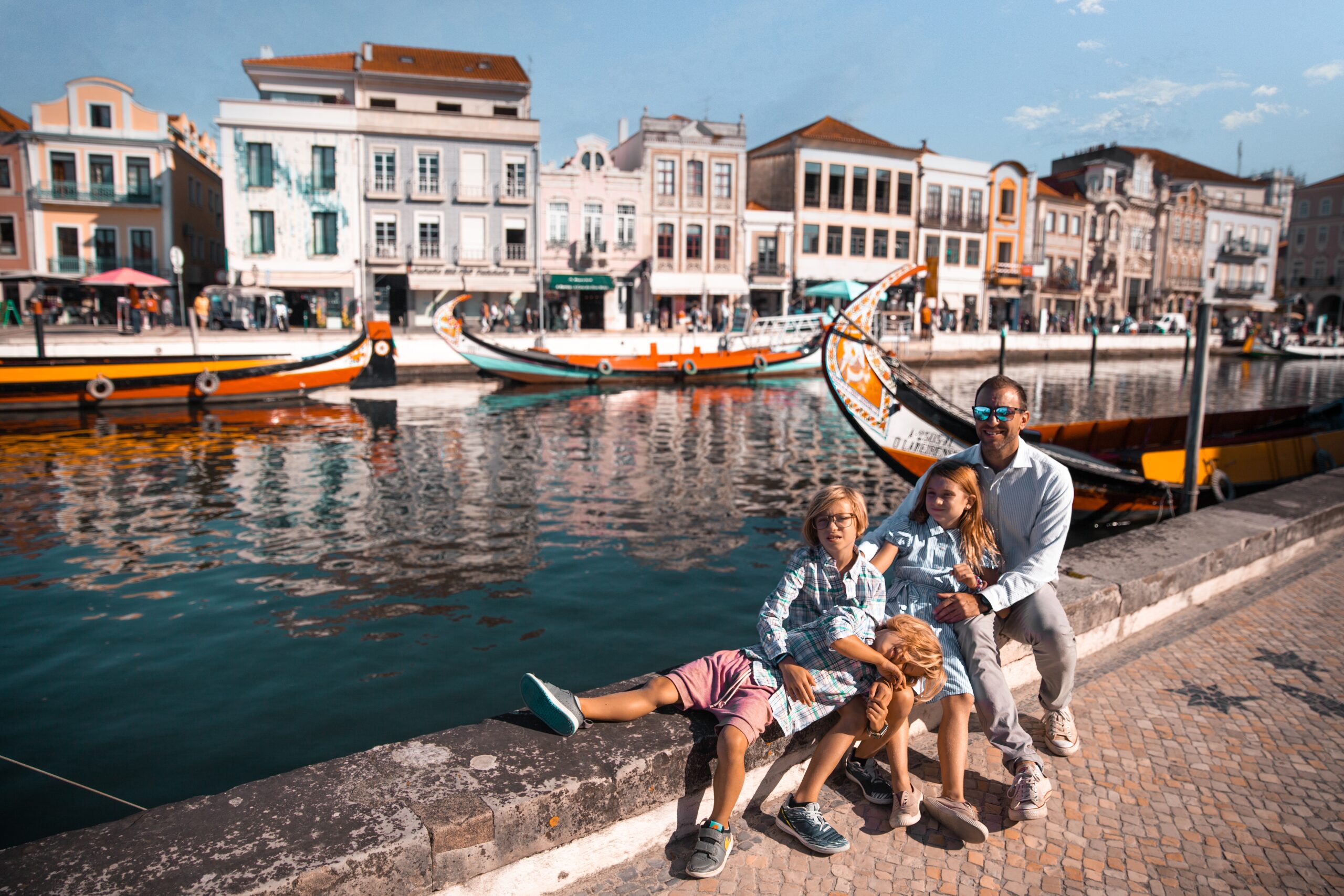
What we pack
Choosing Travel Insurance
Book Your Hotel
with Booking.com
Book Your Car
with RentalCars.com
Book Your Flight
with Skyscanner.com
Book Your Tour
with GetYourGuide.com

Our Camera Gear
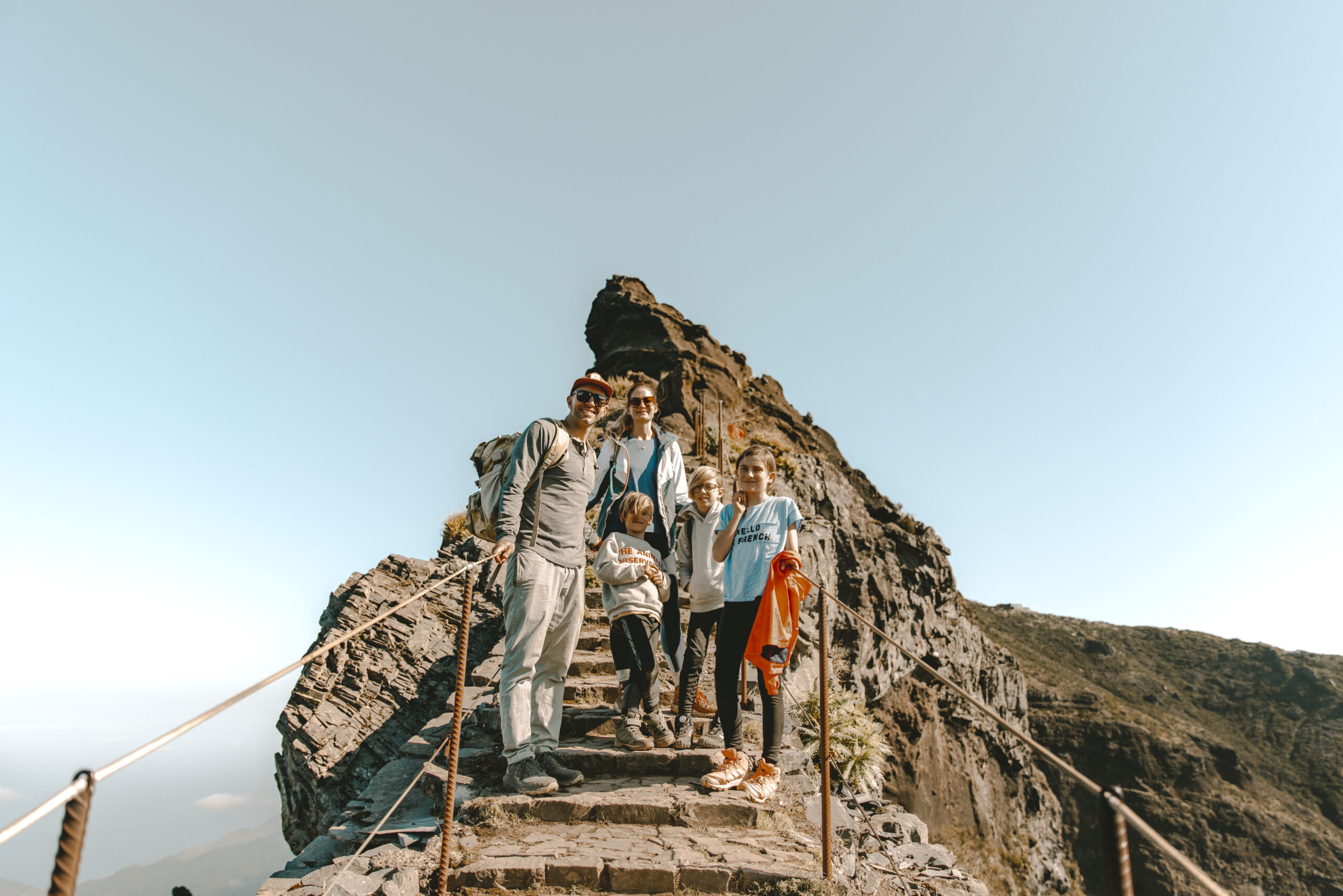
How We Fly
Choosing Your Destination
The Backroads of..
Croatia
The less-explored part of a beautiful country
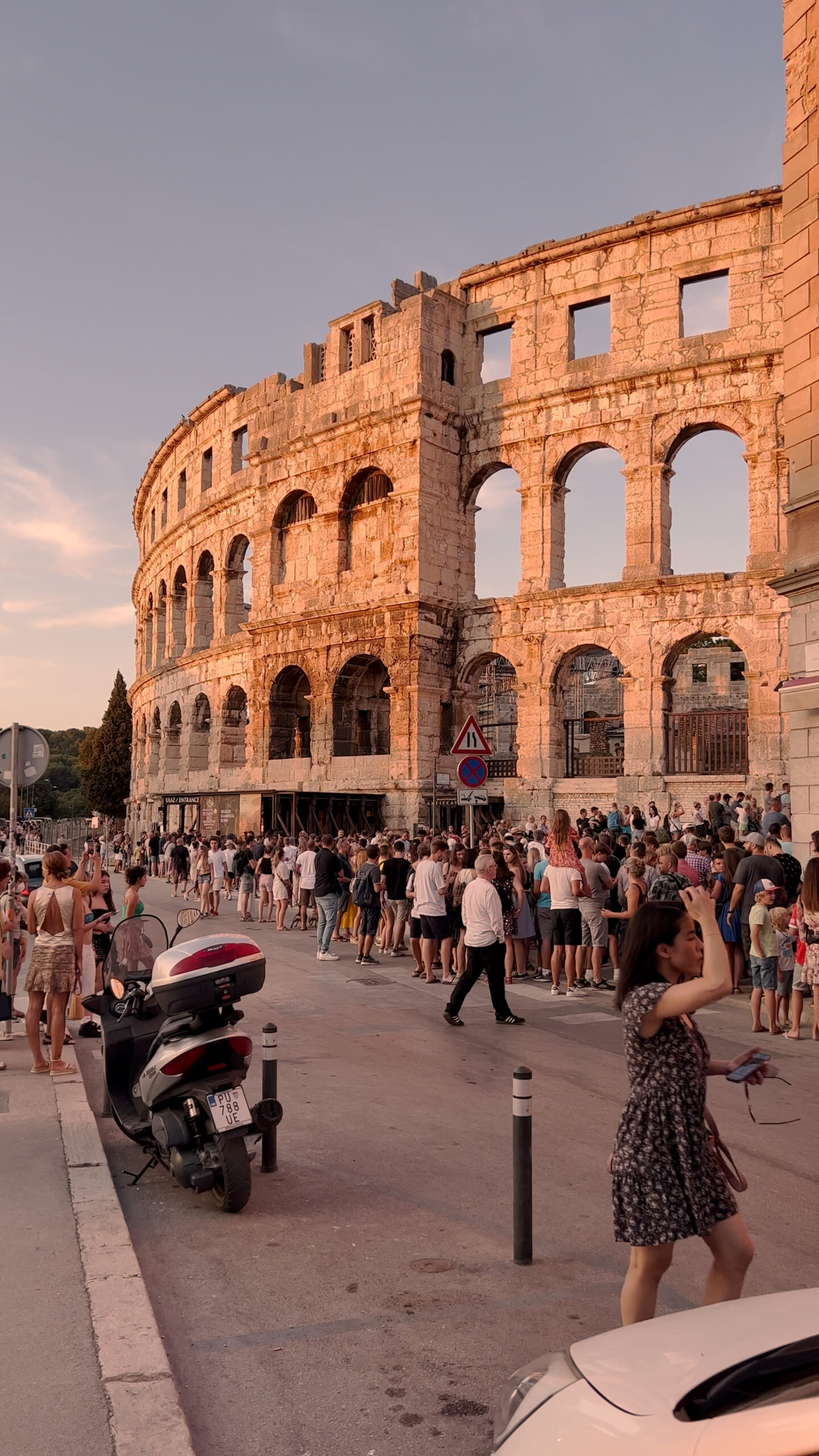
Croatia is a beautiful country with stunning coastlines along the Adriatic Sea, medieval walled cities, Roman ruins, and charming villages. While the popular tourist destinations like Dubrovnik, Split and Plitvice Lakes National Park are definitely worth visiting, some of the most interesting and authentic experiences can be found by getting off the beaten path and exploring the backroads of Croatia. This allows you to discover little-known towns, incredible natural scenery, wine regions, and interact with locals going about their traditional way of life. Let this be your guide to the best backroads and hidden gems that Croatia has to offer.
Istria - The "Little Tuscany" of Croatia
Istria is a heart-shaped peninsula at the westernmost point of Croatia, just across the Gulf of Trieste from Italy. The influence of its Venetian rule from the 13th-18th centuries gives Istria a distinctly Italian flavor in its architecture, cuisine, and culture. Wandering the backroads of Istria’s hilltop villages and coastline, you’ll feel worlds away from the conventional highlights of Croatia.
Motovun
Perched atop a hill at 277 meters, Motovun is one of the most scenic towns in Istria. The town’s medieval walls, cobblestone streets, and Romanesque houses make you feel like you’ve stepped back in time. Hike or take the road train up to the center, and reward yourself with nibbles and robust Teran wine at a konoba (traditional restaurant). Then walk along the fragrant truffle paths surrounding the town, as Motovun is a prime spot for white truffle hunting.
Grožnjan
Art lovers should make their way to the “Town of Artists” Grožnjan, just 10km from Motovun. This diminutive hilltop settlement has been revived as a colony for artists, musicians and photographers from around the world, with galleries and cultural events throughout the year. Wander the steep cobblestone alleys, appreciate the artist’s workshops and vibrant murals, and settle in for live music at one of the bars or cafes.
Inland Istria Wine Routes
Some of Croatia’s most celebrated wines like the bold red Teran and dry whites like Malvasia are produced in Istria’s interior valleys and rolling hills. Take the backroads to explore the villages and family-run vineyards along routes like the Parenzana Trail (following an old railway line), Vina Kras, and the Momjan Muscat Trail. Don’t miss tastings at acclaimed producers like Kozlovic and Kabola.
Rovijn
One of the most enchanting towns along Istria’s coast is Rovinj, with its church steeple towers and pastel-colored homes spilling down to the Adriatic. This is a Rick Steves favorite. Make sure to wander the narrow cobbled streets of the old town and harbor. Climb up to the Church of St. Euphemia or take a boat excursion to one of the nearby islands. Rovinj offers plentiful galleries, cafes, shops and a lively fishing culture that has remained authentic.
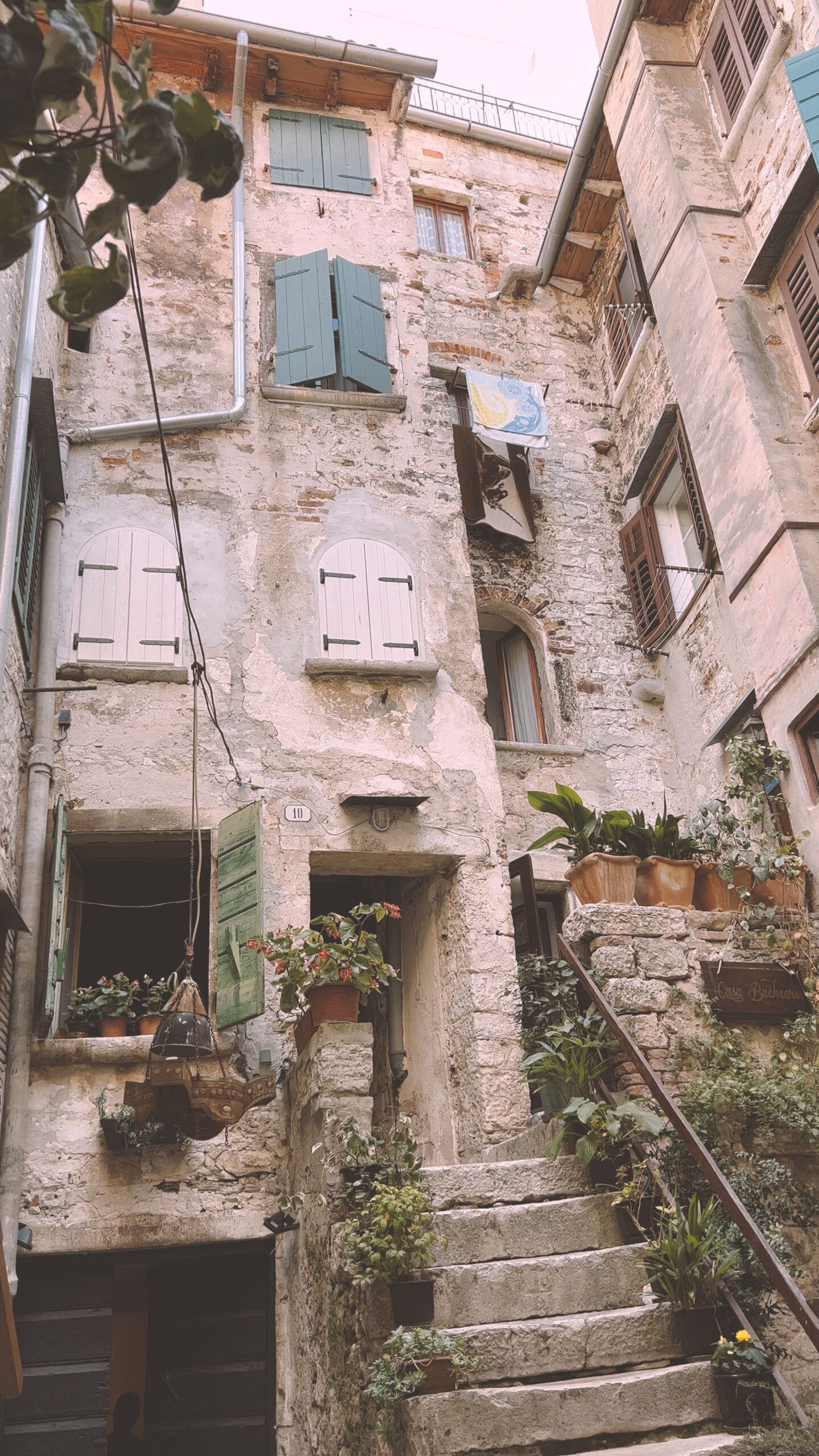
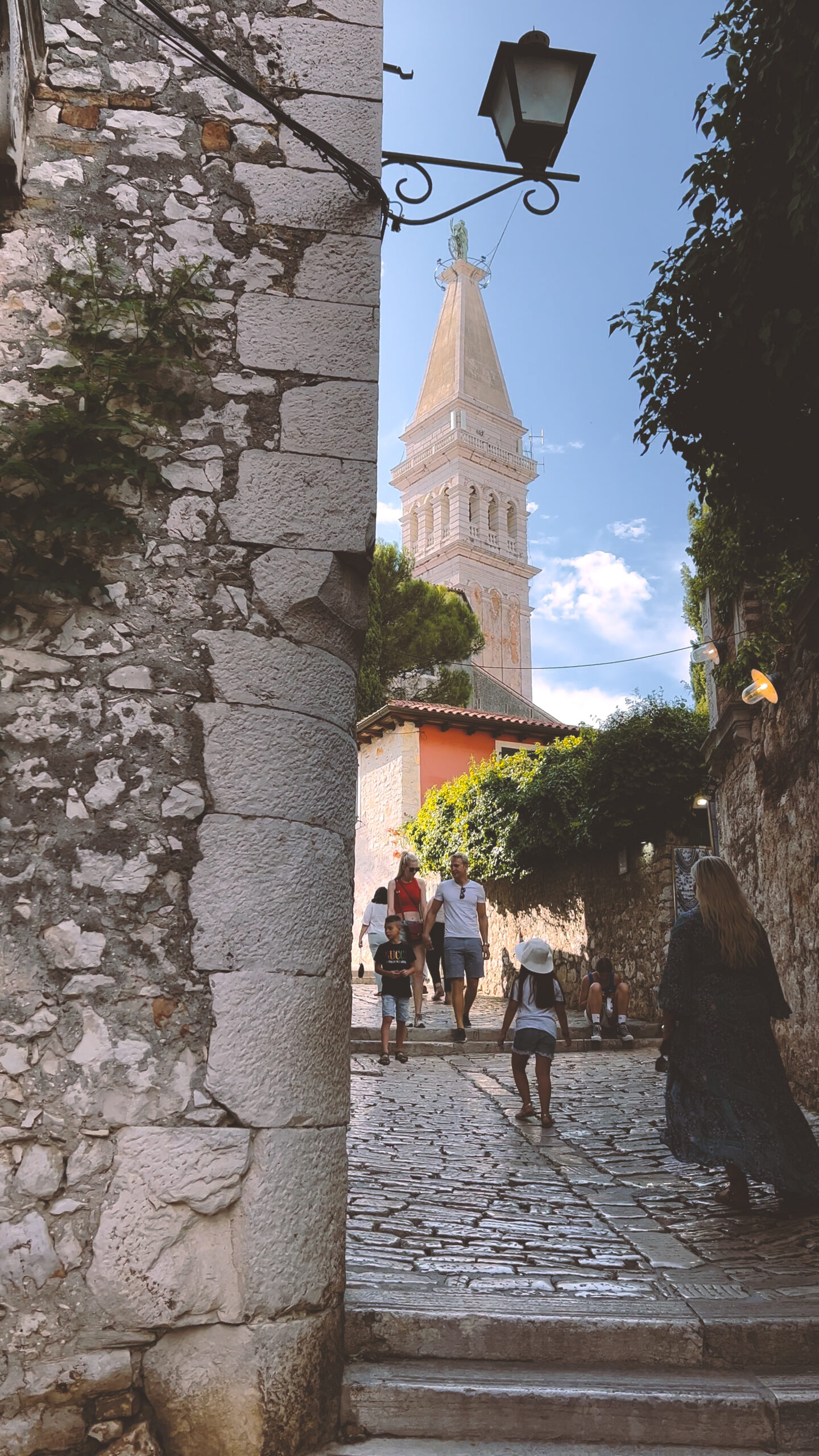
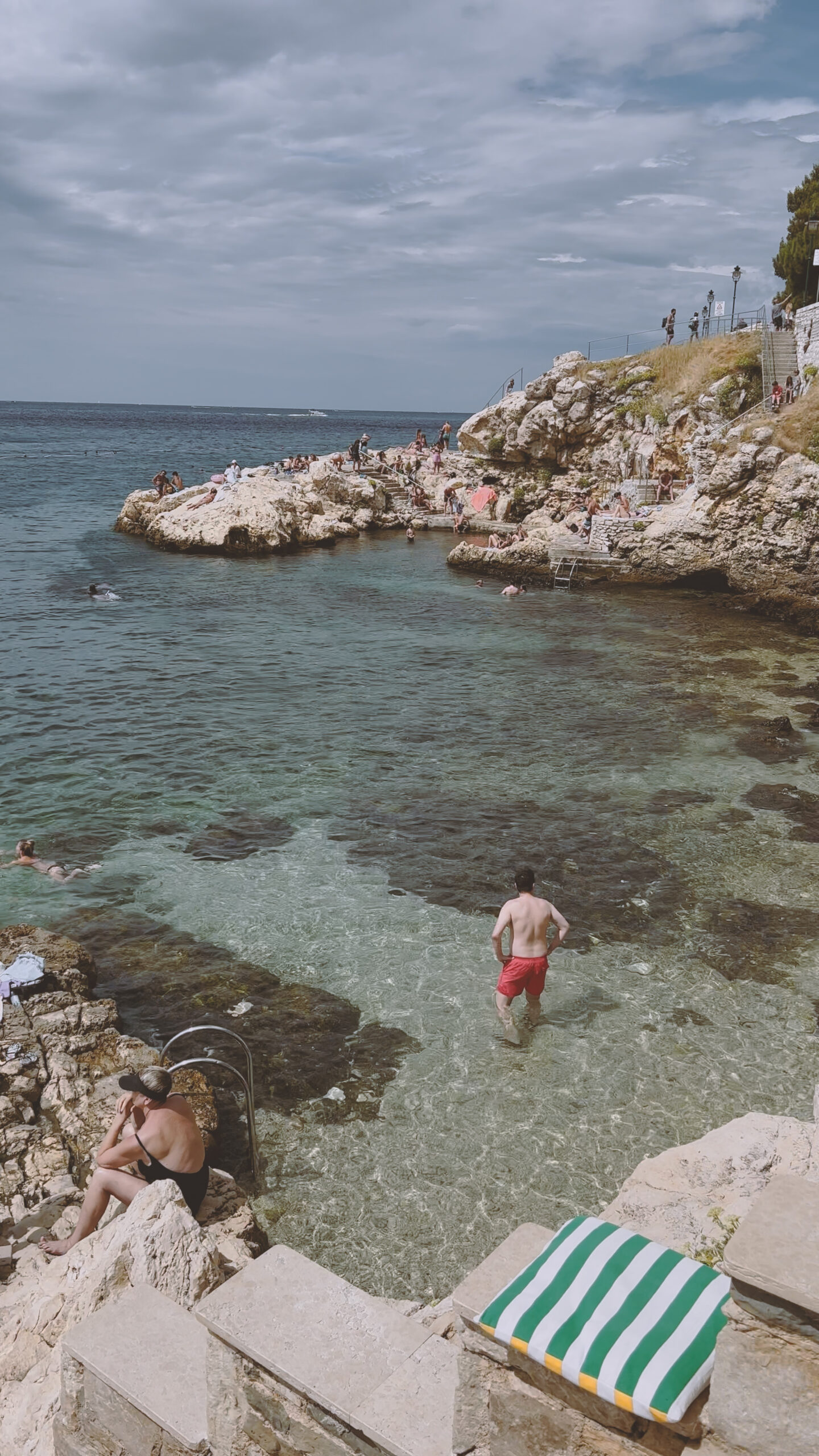
Pula
For a dose of history, head to Pula which has one of the best preserved Roman amphitheaters in the world. In addition to the impressive arena that once hosted gladiator games, Pula’s Roman ruins include the Arch of the Sergii and Temple of Augustus. Explore the backstreets of the old town as well as the seafront promenade and colorful row of Austro-Hungarian villas along the coast.
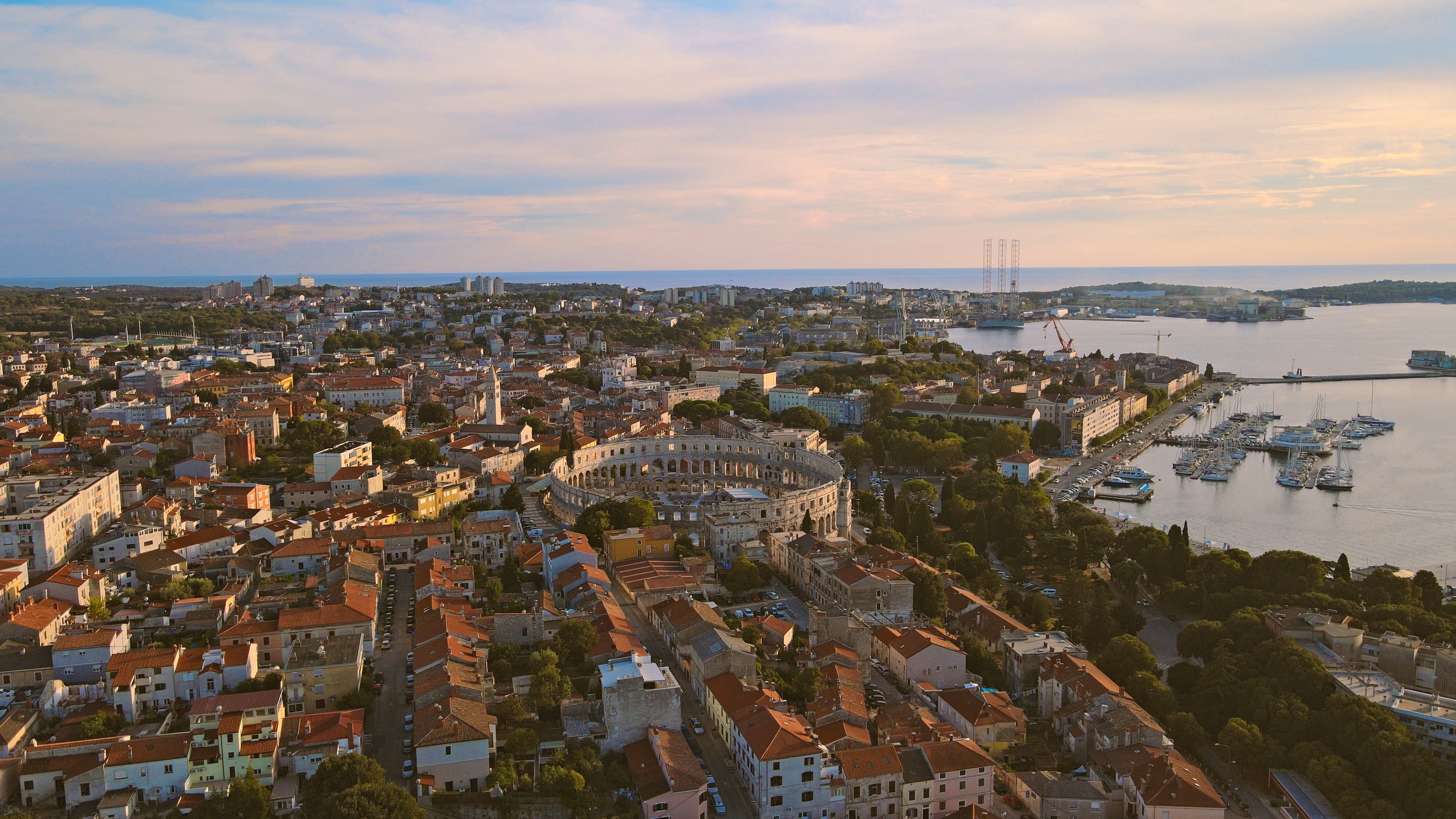
Continental Croatia's Countryside
Szirmia
Located in northeastern Croatia near the Hungarian border, the Slavonia region and its fertile lowlands are known across the country for viniculture and delicious smoked and cured meat products like kulen (a paprika-spiced pork sausage). Osijek is the largest city and a great base to tour the villages and farms in the area, like Lug and Čakovci which have traditional homes, vineyards, and restaurants highlighting Slavonian cuisine.
Lika/Plitvice Region
The inland area known as Lika sits just south of Plitvice Lakes National Park and makes a nice detour from that popular park. Drive the scenic backroads through the villages and farmlands, stopping in places like Sertić Žleb in Kuterevo to pick up homemade cheeses and cured meat products. The village of Rastoke sits along cascades of the Slunjčica River and is particularly charming with its waterfalls and mills.
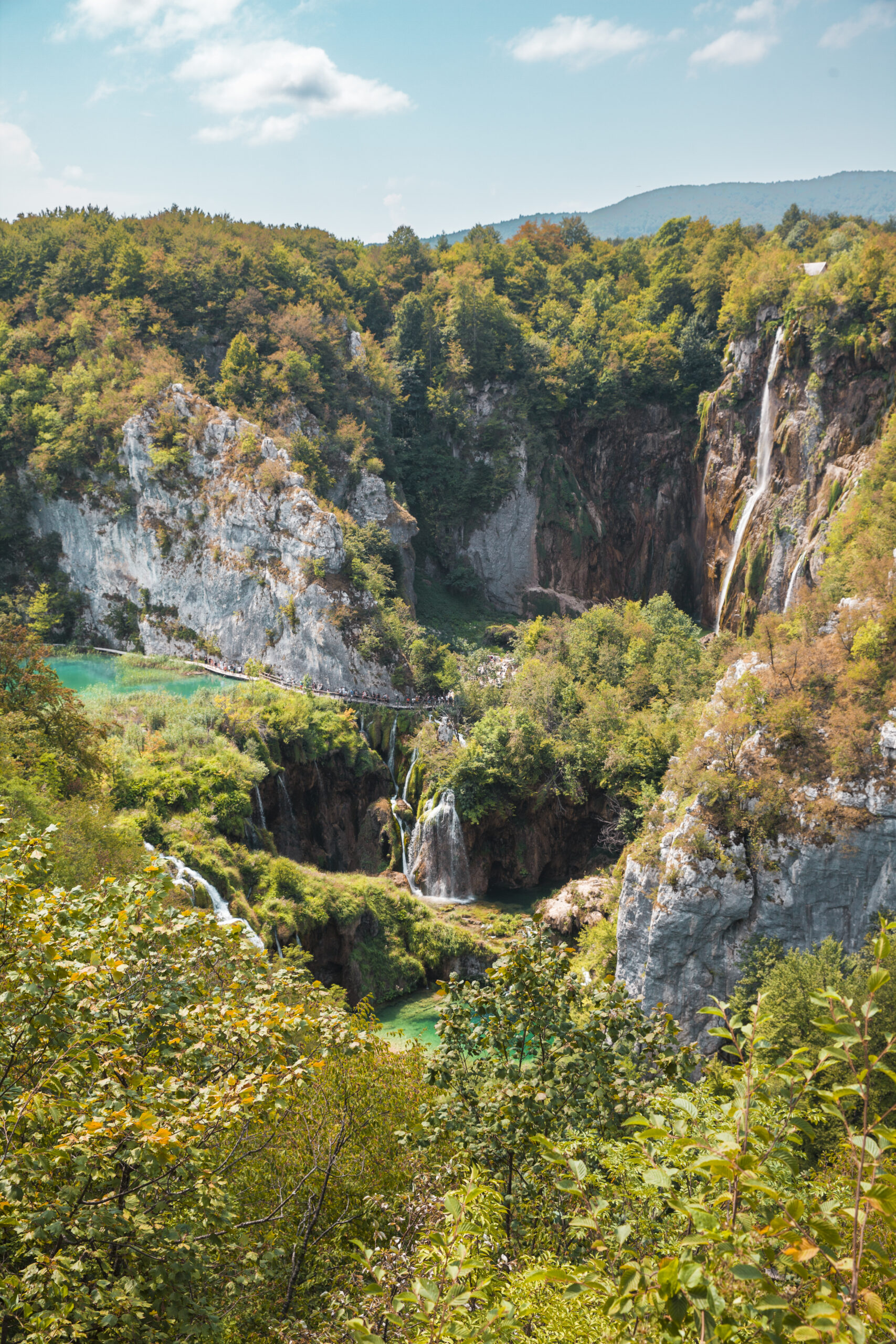
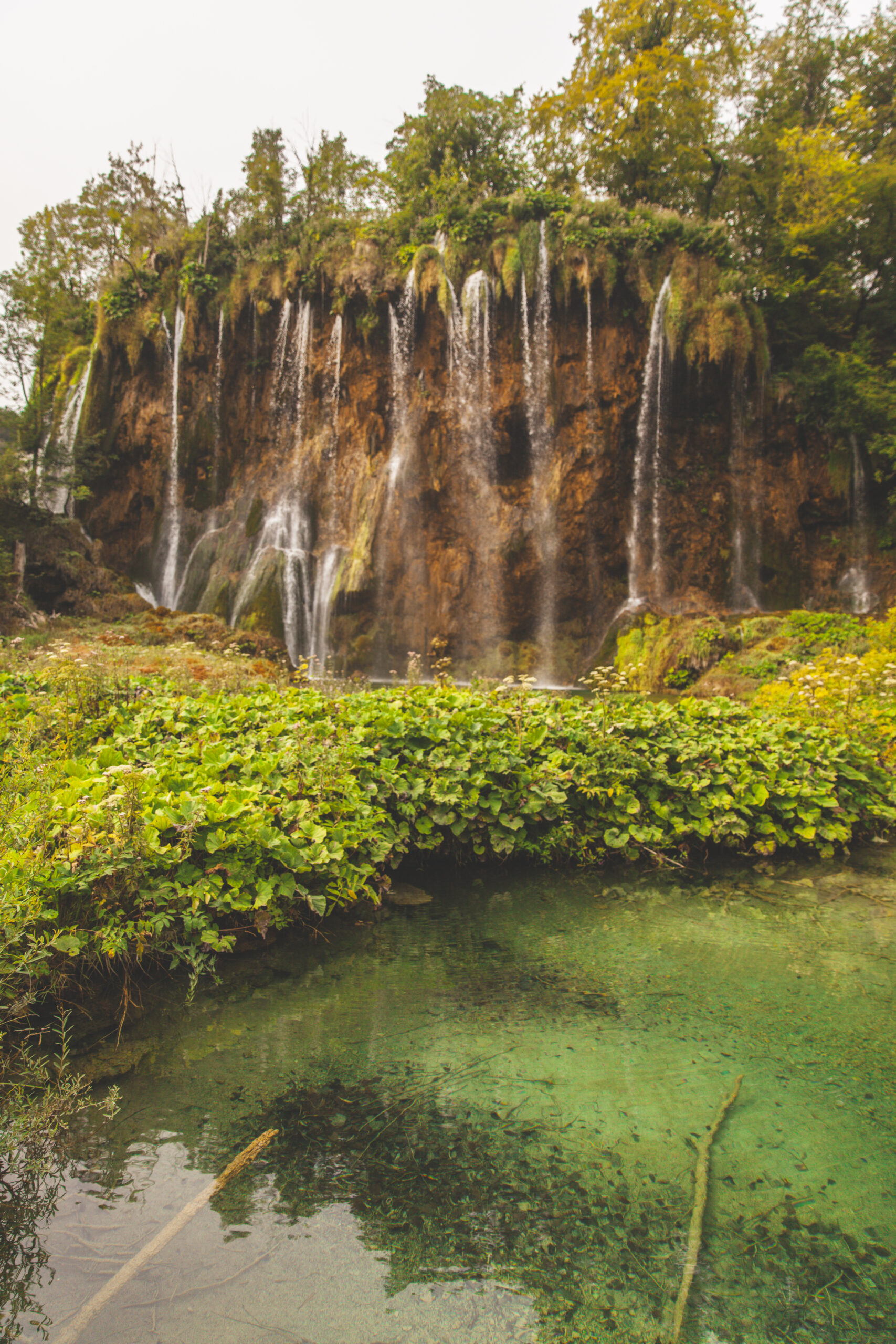
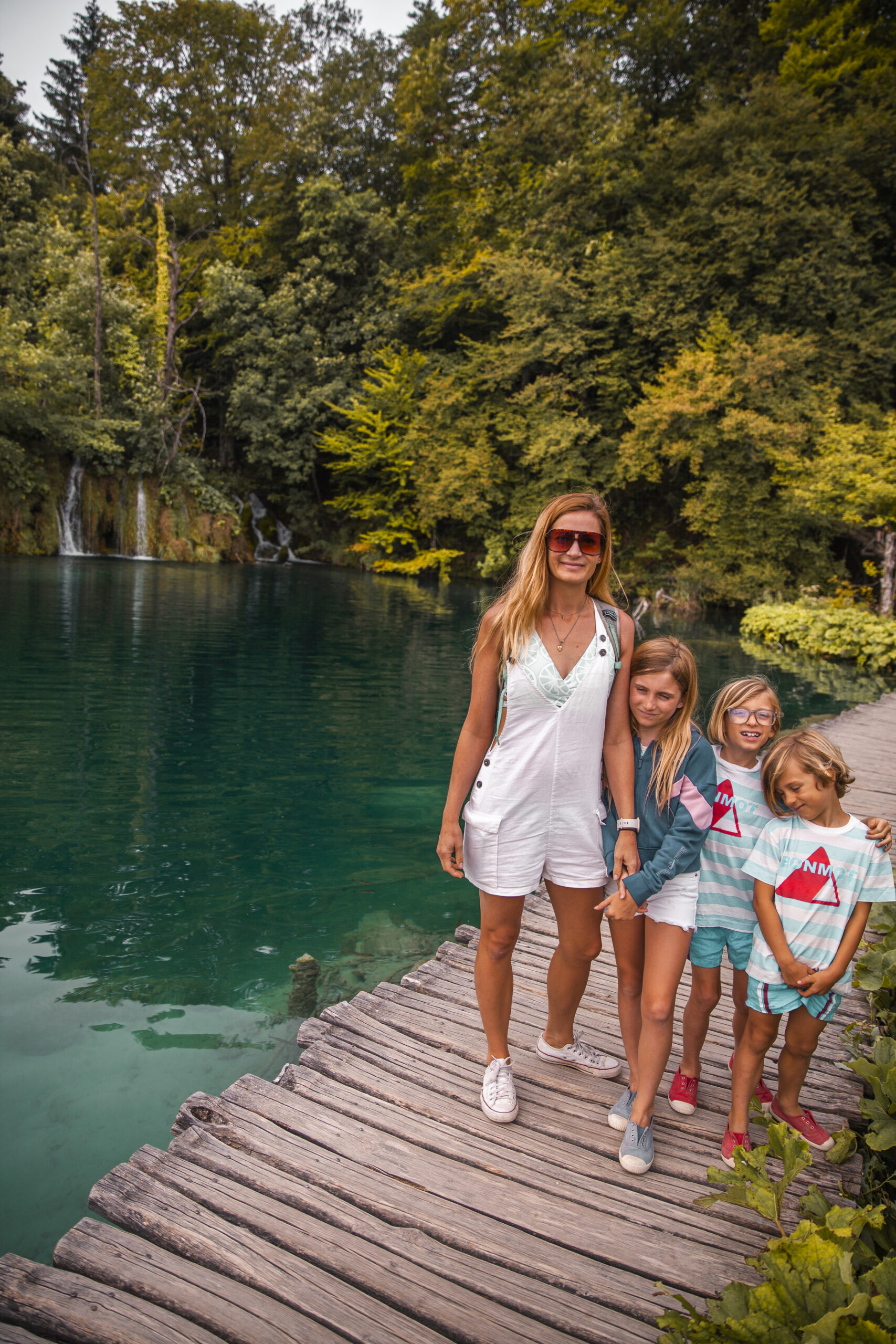
Zagorje
Known for its iconic “prickly” houses adorned with intricate decorative woodcarvings, the villages of Hrvatsko Zagorje are like an open-air ethnographic museum for Croatian folk traditions. Drive from town to town, stopping at homesteads in places like Kumrovec (birthplace of Tito), Marija Bistrica (Croatia’s biggest pilgrimage site), and Gornja Stubica to walk among the preserved architecture and buy handicrafts from locals keeping the customs alive.
Cetina Region
For adventurous travelers, the area around the Cetina River offers a dramatic landscape of canyons, waterfalls, caves, forests and traditional villages. This region in the Dalmatian hinterland is nicknamed the “Eye of Croatia” for its natural beauty and wealth of outdoor activities like hiking, rafting, canyoning and rock climbing. Explore places like Vrlik and Vrlika where you can experience rural life and hospitality, as well as easy access to natural attractions along the Cetina like Gubavica Waterfall and the Cetina Gorge.
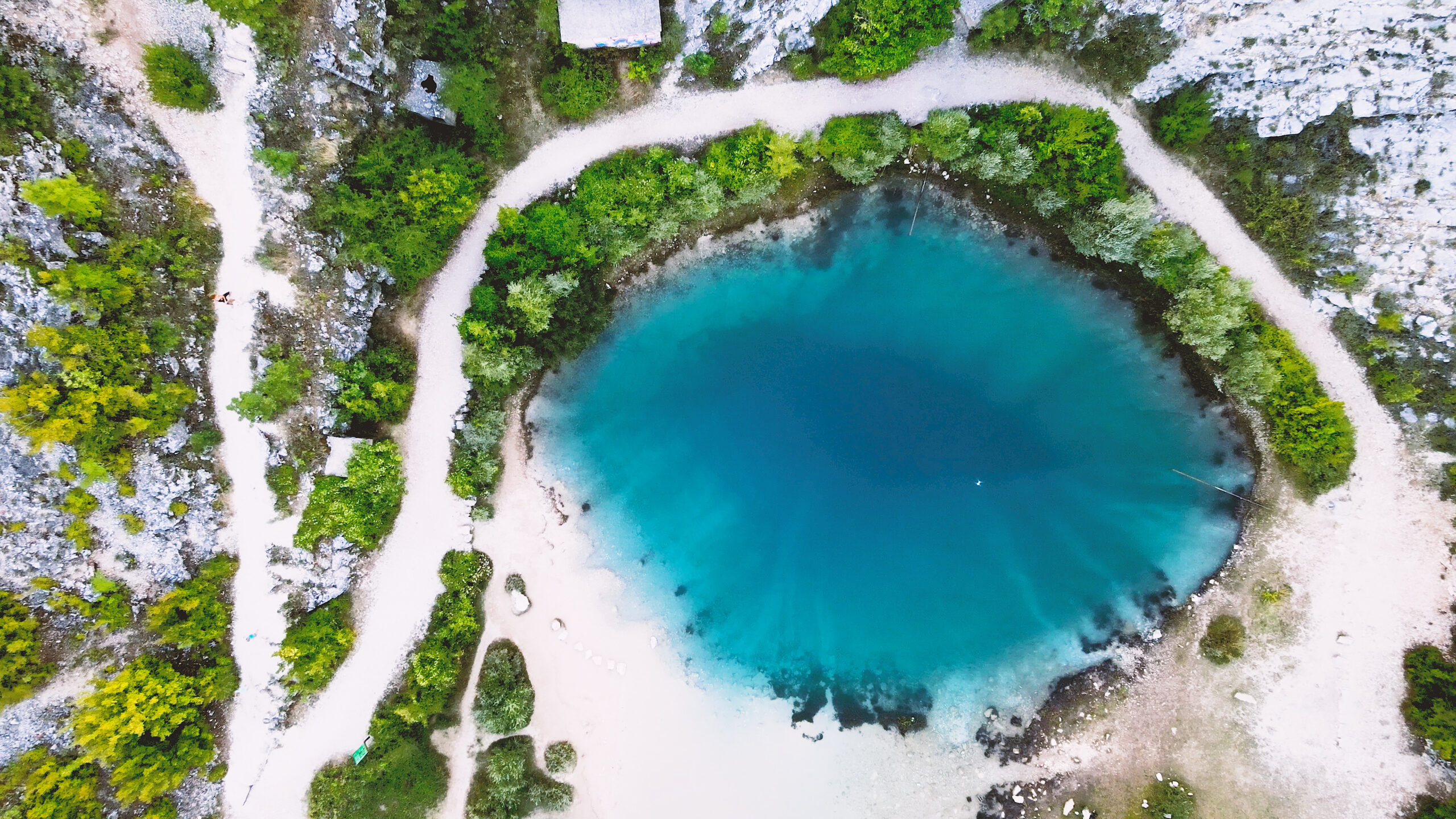
Coastal Backroads & Islands
Lastovo Archipelago
Directly south of Split, the remote Lastovo islands are as far removed as you can get in Croatia. With only around 900 residents on the main island, Lastovo offers a true escape with miles of pristine coastline, nature preserves like Lastovnjaci islets, and a handful of small fishing villages like Lastovo Town and Skrivena Luka. Take the once-daily ferry from Split and enjoy swimming, sailing, cycling, wine tasting and traditional cuisine at a slow-paced rhythm.
Elaphiti Islands
This idyllic chain of small islands near Dubrovnik – Elaphiti Islands – are a refuge from the crowds of that city. Explore the medieval churches and architecture on Šipan, hike the walking trails on Lopud (with regular stops at scenic Adriatic coves), and visit the old Manor houses on Koločep. The islands make for a perfect day trip for walking, swimming and relaxing over fresh seafood.
Makarska Riviera
While the Dalmatian Coast south of Split has many popular resort areas, the Makarska Riviera has retained a quaint Mediterranean feel. Resupply for a beach day in the lively port of Makarska Town, then head out to hide away on one of the many pebble beaches tucked between dramatic cliffs and forests. Places like Brela and Baška Voda still have a local vibe and village charm despite visitors. Follow the backroads up into the mountains behind the shoreline for some great wineries like Vino Paulić.
Pelješac Peninsula
Not far from Dubrovnik but much less crowded is the Pelješac Peninsula, linked to the mainland by a short isthmus near Ston. This remote region is renowned for its red wines (especially the Plavac Mali grape), olive groves, oyster beds, salt flats, and tiny fishing villages. Spend a day or two leisurely exploring the old seaside hamlets and wineries for a taste of local Dalmatian life.
